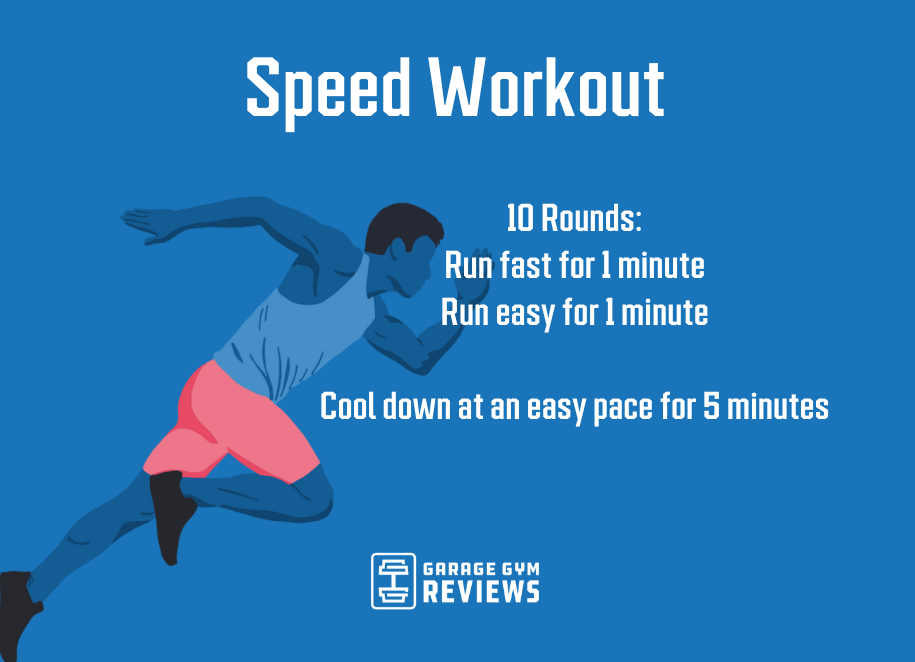Handling Typical Running Discomforts: Reasons, Solutions, and Avoidance
As joggers, we often experience various pains that can impede our performance and pleasure of this exercise. From the devastating pain of shin splints to the irritating IT band disorder, these usual running pains can be frustrating and demotivating. Understanding the causes behind these ailments is essential in efficiently addressing them. By exploring the root reasons for these operating discomforts, we can discover targeted services and preventative measures to ensure a smoother and a lot more satisfying running experience (useful info).
Common Running Discomfort: Shin Splints
Shin splints, a common running discomfort, usually arise from overuse or incorrect footwear during physical activity. This condition, medically referred to as median tibial anxiety syndrome, manifests as discomfort along the internal edge of the shinbone (tibia) and prevails among professional athletes and joggers. The repeated tension on the shinbone and the cells affixing the muscle mass to the bone results in inflammation and pain. Joggers who rapidly increase the strength or duration of their exercises, or those that have flat feet or inappropriate running techniques, are particularly at risk to shin splints.
To stop shin splints, individuals should gradually boost the strength of their workouts, wear proper shoes with proper arch support, and preserve versatility and strength in the muscles surrounding the shin. If shin splints do occur, initial treatment includes remainder, ice, compression, and altitude (RICE) In addition, incorporating low-impact activities like swimming or biking can assist keep cardio fitness while allowing the shins to heal. Consistent or extreme cases may require medical examination and physical treatment for reliable monitoring.
Usual Running Discomfort: IT Band Disorder
In enhancement to shin splints, another widespread running discomfort that professional athletes usually run into is IT Band Disorder, a problem caused by swelling of the iliotibial band that leaves the outer upper leg and knee. IT Band Disorder commonly shows up as discomfort on the outside of the knee, especially throughout tasks like running or cycling. The iliotibial band is a thick band of fascia that connects the aware of the shin, and when it comes to be swollen or limited, it can scrub against the upper leg bone, resulting in discomfort and discomfort.
Runners experiencing IT Band Disorder may observe a painful or aching feeling on the external knee, which can intensify with ongoing task. Factors such as overuse, muscle mass inequalities, improper running type, or poor workout can contribute to the growth of this condition.
Typical Running Discomfort: Plantar Fasciitis

Plantar Fasciitis can be credited to various factors such as overtraining, improper footwear, working on hard surfaces, or having high arcs or level feet. To stop and minimize Plantar Fasciitis, runners can integrate stretching exercises for the calves and plantar fascia, wear supportive shoes, keep a healthy and balanced weight to lower pressure on the feet, and progressively boost running intensity to avoid unexpected tension on the plantar fascia. If signs linger, it is suggested to consult a healthcare professional for correct diagnosis and treatment options to address the problem properly.
Typical Running Pain: Runner's Knee
After dealing with the obstacles of Plantar Fasciitis, another prevalent problem that joggers often face is Jogger's Knee, a common running pain that can impede sports performance and create discomfort during physical activity. Jogger's Knee, also understood as patellofemoral discomfort disorder, shows up as discomfort around or behind the kneecap. Joggers experiencing this pain may feel a boring, aching discomfort while running, going up or down stairs, or after prolonged periods of sitting.
Common Running Pain: Achilles Tendonitis
Frequently afflicting runners, Achilles Tendonitis is an excruciating condition that affects the Achilles tendon, causing discomfort and prospective constraints in physical task. The Achilles ligament is a thick band of cells that attaches the calf muscles to the heel bone, essential for activities like running, jumping, and walking - this web-site. Achilles Tendonitis usually creates due to overuse, improper footwear, inadequate stretching, or unexpected boosts in exercise
Signs And Symptoms of Achilles Tendonitis consist of discomfort and rigidity along the ligament, specifically in the early morning or after durations of inactivity, swelling that intensifies with activity, and potentially bone spurs in chronic cases. To stop Achilles Tendonitis, it is necessary to stretch appropriately previously and after running, use ideal shoes with correct assistance, slowly enhance the intensity of exercise, and cross-train to reduce recurring stress and anxiety on the ligament. Therapy may include rest, ice, compression, elevation (RICE method), physical treatment, orthotics, and in serious situations, surgery. Early intervention and correct treatment are important for handling Achilles Tendonitis effectively and avoiding long-lasting complications.
Final Thought

Comments on “Revamp Your Running Strategy: Tips for Enhanced Performance”